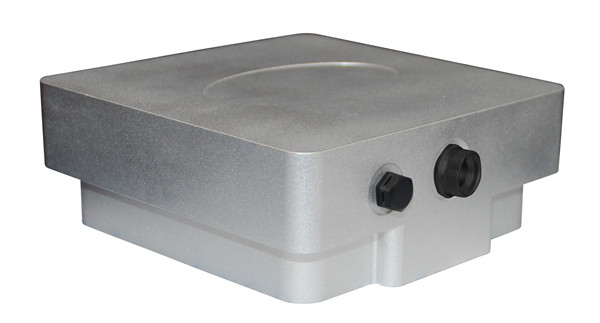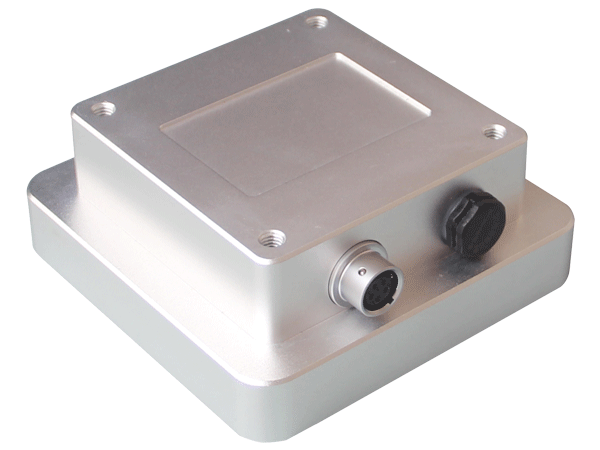In modern industry, water conservancy and environmental monitoring, accurate measurement of fluid velocity is crucial. This demand has led to the development of a variety of velocity measurement technologies, among which radar velocity meters have been widely used due to their unique advantages.
Compared with traditional velocity measurement equipment, radar velocity meters use advanced radar technology and can provide accurate and reliable velocity data in various complex environments. Next, we will explore several major advantages of radar velocity meters.

Advantages of radar flow meters: Non-contact measurement: Radar flow meters measure fluid velocity by transmitting and receiving microwave signals, and the entire process does not require direct contact with the fluid.
This is very important for measuring the velocity of corrosive or high-purity fluids because it avoids corrosion or contamination of the instrument, while also reducing maintenance costs and downtime.
High accuracy and high stability: Radar flow meters can provide extremely high measurement accuracy, thanks to the use of high-frequency radar waves that can accurately reflect small changes in fluid velocity.
In addition, radar flow meters are extremely stable and can maintain stable measurement performance even in harsh climatic conditions or environments with large temperature changes.
Easy installation and maintenance: The radar current meter is easy to install and does not require large-scale modifications to existing systems or special installation tools or skills.
This means that the time from purchase to commissioning is greatly shortened, and the initial investment cost is also reduced. In terms of maintenance, due to its non-contact measurement method, the radar current meter requires less maintenance and lower operating costs than other types of speed measurement equipment.
Strong adaptability: Whether it is a river, pipeline, open channel or marine environment, the radar current meter can adapt to various measurement scenarios. It can work in different water quality conditions, including fluids containing suspended solids, oil or other impurities.
In addition, the radar current meter can operate in various climate conditions, from cold ice and snow environments to hot desert areas, without affecting its performance.

Real-time data acquisition and remote monitoring: Radar flow meters can acquire data in real time and support remote monitoring and data transmission. This allows users to monitor flow velocity at any time and any place, greatly improving monitoring efficiency and response speed.
This feature is particularly important in environmental monitoring, urban water supply systems, and industrial production, as it helps to detect abnormal conditions in a timely manner and take appropriate measures. Long-term reliability: Due to their rugged design and minimal moving parts, radar flow meters have high durability and reliability.
This means that they can provide accurate measurements over a long period of time, reducing the need for replacement or repair.
Radar flow meters occupy an important position in the field of flow measurement with their non-contact measurement, high accuracy and stability, simple installation and maintenance, strong adaptability, real-time data acquisition and remote monitoring capabilities and long-term reliability.
